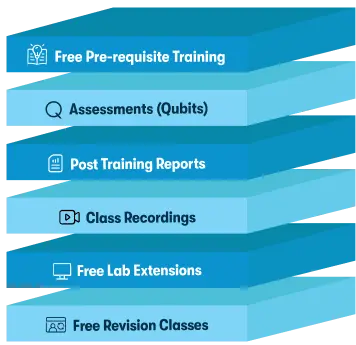We're open through the holidays to support your upskilling goals — book your session today!
We're open through the holidays to support your upskilling goals — book your session today!
Unable to find what you're searching for?
We're here to help you find itSOC-200 (OSDA) Course Overview
The SOC-200 (OSDA) course at Koenig Solutions equips learners with in-depth knowledge of Security Operations and Defensive Analysis. Designed for IT security professionals, the curriculum covers critical areas such as Windows and Linux attacks, Active Directory, network evasion, and SIEM technology. By exploring attacker methodologies, including the MITRE ATT&CK framework and the Cyber Kill-Chain, participants will learn to improve defenses by understanding offensive tactics. Practical labs reinforce the theory, providing hands-on experience in defensive strategies and intrusion detection. Graduates of this course will be adept at securing networks and handling sophisticated cyber threats, making them valuable assets in the cybersecurity field.
Purchase This Course
USD
View Fees Breakdown
| Course Fee | 5,350 |
|
Total Fees (with exam) |
5,350 (USD) |
USD
View Fees Breakdown
| Course Fee | 4,500 |
|
Total Fees (with exam) |
4,500 (USD) |
USD
View Fees Breakdown
| Flexi Video | 16,449 |
| Official E-coursebook | |
| Exam Voucher (optional) | |
| Hands-On-Labs2 | 4,159 |
| + GST 18% | 4,259 |
|
Total Fees (without exam & Labs) |
22,359 (INR) |
|
Total Fees (with Labs) |
28,359 (INR) |
Select Time
Select Date
| Day | Time |
|---|---|
|
to
|
to |
♱ Excluding VAT/GST
You can request classroom training in any city on any date by Requesting More Information
Inclusions in Koenig's Learning Stack may vary as per policies of OEMs
Scroll to view more course dates
You can request classroom training in any city on any date by Requesting More Information
♱ Excluding VAT/GST
*Inclusions in Koenig's Learning Stack may vary as per policies of OEMs
Suggestion submitted successfully.
Koenig Learning Stack
Inclusions in Koenig's Learning Stack may vary as per policies of OEMs


